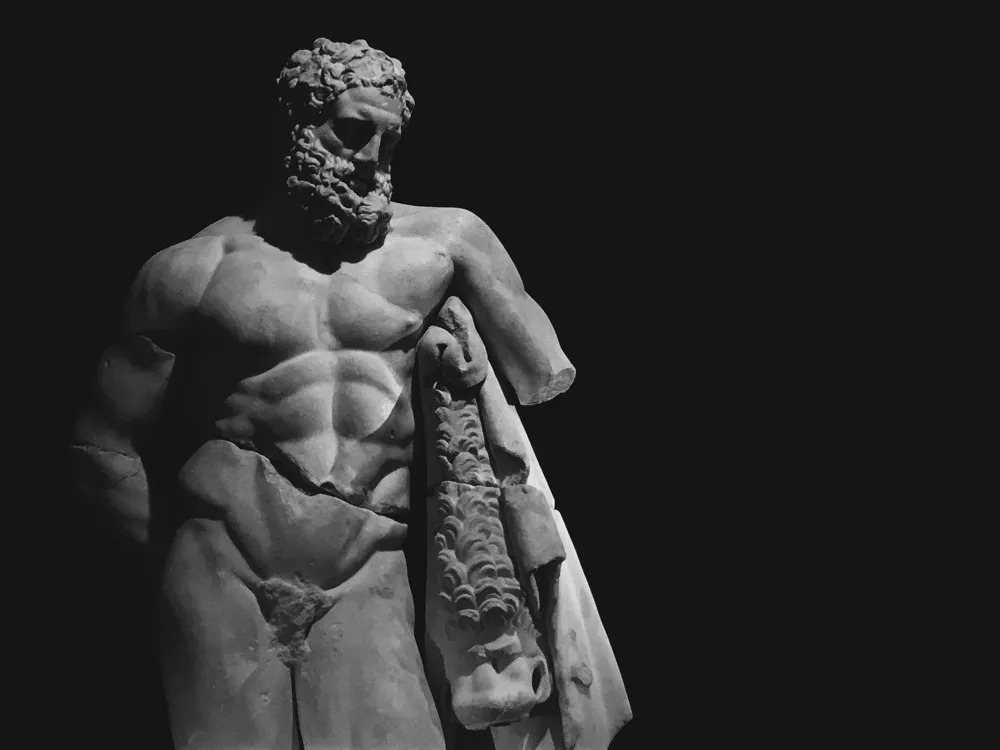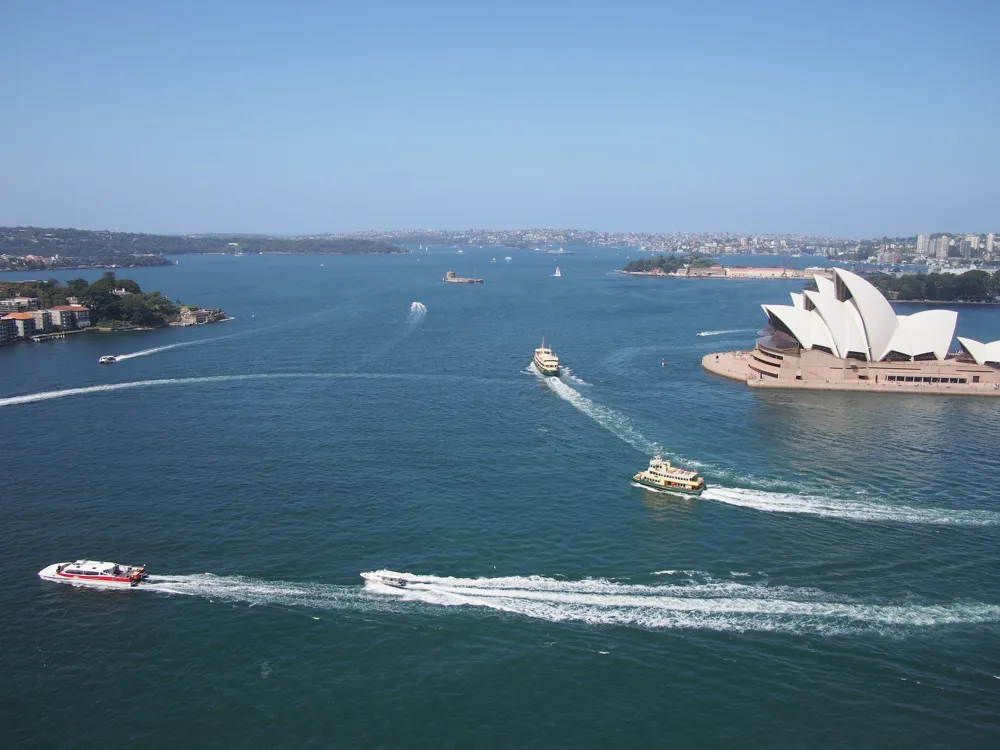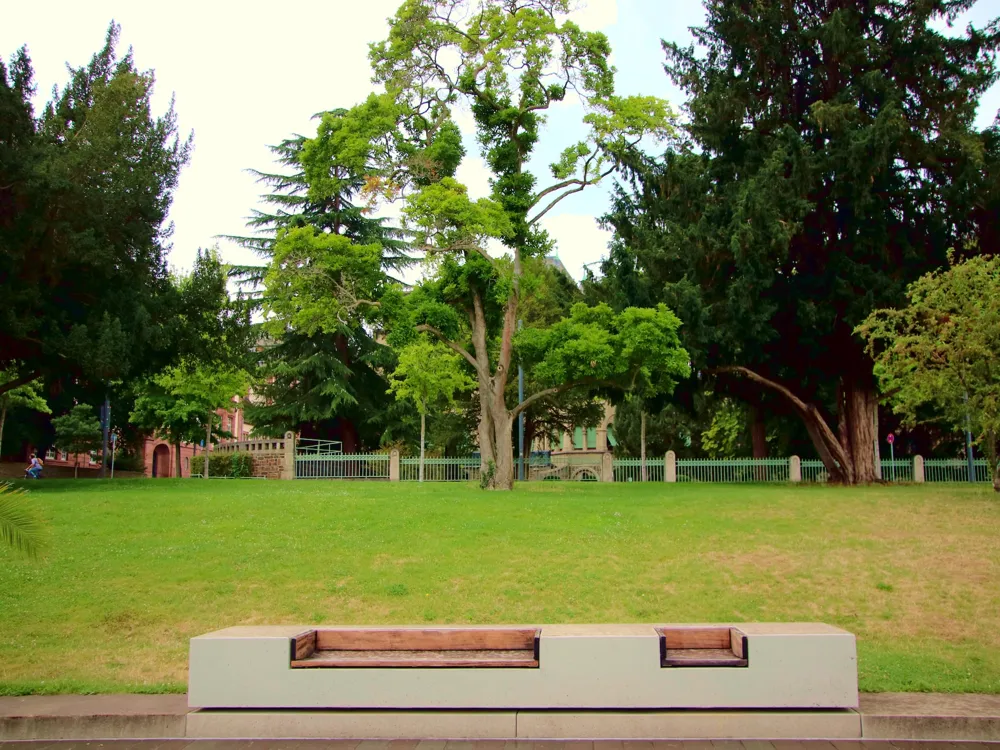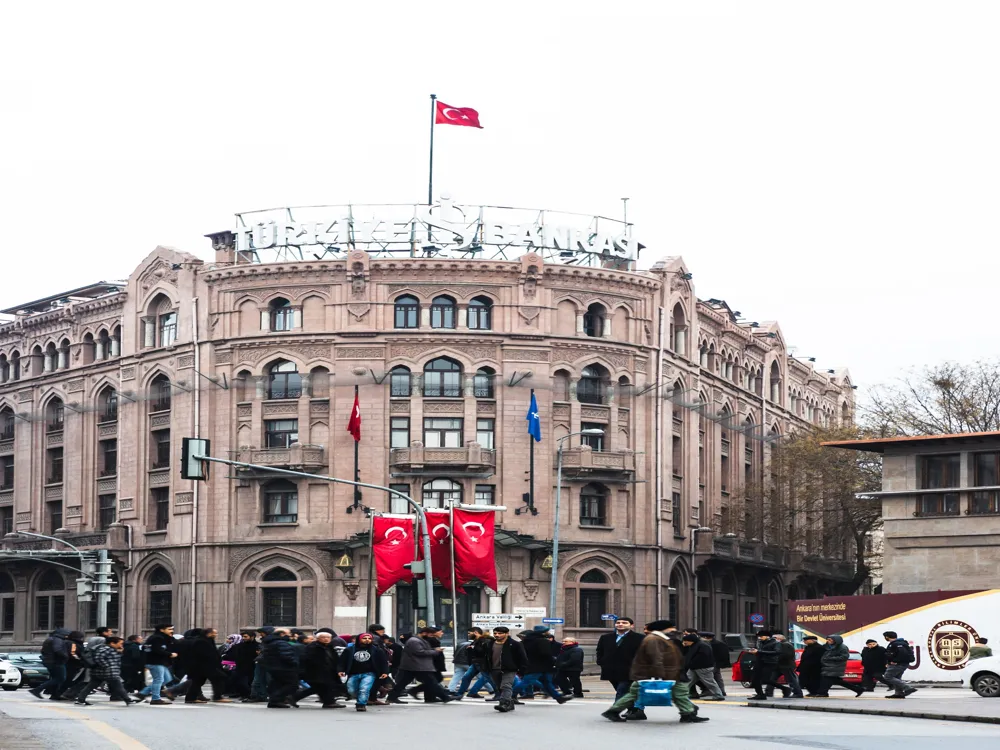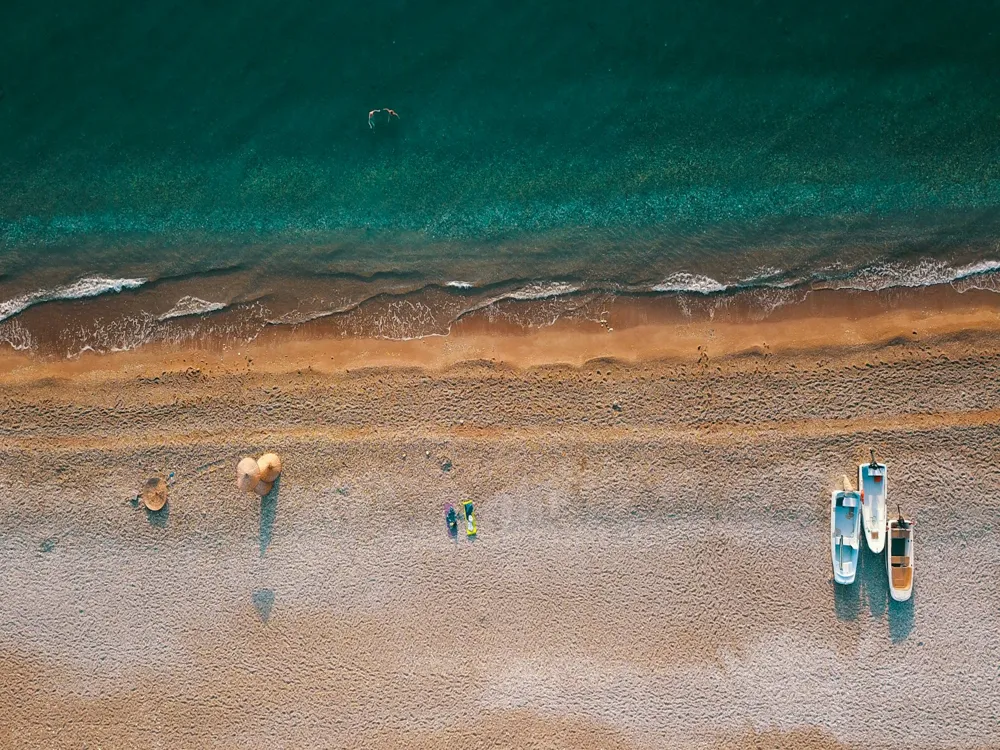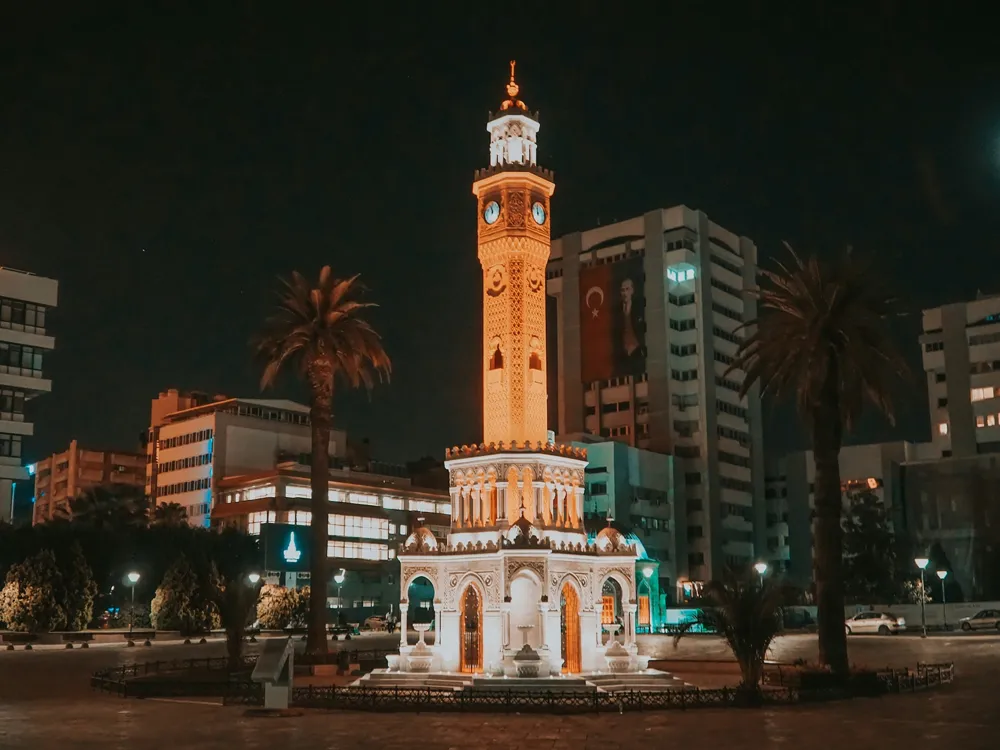The Roman Harbour of Antalya, a historic gem in Turkey, is a testament to the rich cultural and architectural heritage of the Roman Empire. Located in the heart of modern-day Antalya, this ancient harbor has been a pivotal maritime hub for centuries, offering insights into the Roman way of life and their advancements in engineering and urban planning. Historically, the harbor served as a crucial trade link between the Mediterranean and Anatolian regions, facilitating the exchange of goods, ideas, and cultures. Over the years, it has witnessed numerous transformations, reflecting the changing dynamics of the region's political, economic, and social landscapes. Today, it stands as a vibrant reminder of the past, seamlessly integrated into the bustling life of Antalya. The Roman Harbour is not just an archaeological site; it's a living history book. Visitors are transported back in time as they stroll along the ancient quays, touch the time-worn stones, and gaze at the remnants of old shipyards and warehouses. The harbor's picturesque setting, surrounded by the stunning Taurus Mountains and overlooking the serene Mediterranean Sea, adds to its allure, making it a favorite spot for both tourists and locals. The architecture of the Roman Harbour in Antalya is a remarkable showcase of Roman engineering prowess and aesthetic sensibility. The harbor was strategically designed to accommodate the bustling maritime trade of the era, while also serving as a symbol of Roman power and sophistication. One of the most striking features of the harbor's architecture is its robust quay walls, built using a combination of stone and concrete. These walls, some of which still stand today, were engineered to withstand the harsh marine environment and the test of time. The use of opus caementicium, a Roman concrete, demonstrates their advanced understanding of construction materials. The layout of the harbor was meticulously planned to maximize functionality and efficiency. The harbor featured a series of docks and piers, designed to facilitate the loading and unloading of goods. Warehouses and storage facilities were strategically located close to the water's edge, exemplifying the Romans' practical approach to urban design. The ideal time to visit the Roman Harbour of Antalya is during the spring (April to June) or autumn (September to November) months. During these periods, the weather is pleasant, with moderate temperatures and lower humidity, making it comfortable to explore the site. Comfortable, lightweight clothing is recommended, along with sturdy walking shoes. The harbor area can be quite sunny, so hats, sunglasses, and sunscreen are essential to protect against the Mediterranean sun. Opting for a guided tour can enrich your experience, as knowledgeable guides provide valuable insights into the history and architecture of the harbor. Many tours also include visits to nearby historical sites. The Roman Harbour of Antalya is easily accessible by various modes of transportation. If you're staying in Antalya, the harbor is a short walk from many central locations. Public buses and trams also stop near the site, making it convenient for those coming from farther away. For international visitors, the nearest airport is Antalya International Airport. From the airport, you can take a taxi, a private transfer, or a public bus to reach the city center and then proceed to the harbor. Renting a car is another option for those who prefer more flexibility in their travel plans. Read More:Overview of Roman Harbour of Antalya
Architecture of Roman Harbour
Tips When Visiting Roman Harbour
Best Time to Visit
What to Wear
Guided Tours
How To Reach Roman Harbour
Roman Harbour
Antalya
₹ 32,365 onwards
View antalya Packages
Antalya Travel Packages
View All Packages For Antalya
Top Hotel Collections for Antalya

Private Pool

Luxury Hotels

5-Star Hotels

Pet Friendly
Top Hotels Near Antalya
Other Top Ranking Places In Antalya
View All Places To Visit In antalya
Faq on Antalya
What is the Roman Harbour in Antalya known for?
The Roman Harbour, also known as the Old Harbour or Kaleiçi Marina, is renowned for its historical significance and picturesque beauty. It dates back to the Roman era and has been a vital maritime hub for centuries, serving various civilizations. Today, it's a charming area filled with cafes, shops, and yachts, offering a glimpse into Antalya's rich history.
Can you visit the Roman Harbour in Antalya?
Yes, the Roman Harbour is accessible to visitors year-round. It's a popular spot for both tourists and locals, offering a blend of historical sites, beautiful views, and a lively atmosphere with its restaurants, cafes, and shops.
Are there any historical sites near the Roman Harbour?
Absolutely. The harbour is located in Antalya's Old Town (Kaleiçi), which is surrounded by ancient city walls. Nearby historical attractions include the Yivli Minare Mosque, Kesik Minare (Broken Minaret), and the Hıdırlık Tower, among others. The area itself is a living museum, showcasing architecture and artifacts from the Roman, Byzantine, Seljuk, and Ottoman eras.
What activities can you do at the Roman Harbour?
Visitors can enjoy a variety of activities including leisurely strolls along the marina, boat tours, dining at waterfront restaurants, and shopping for local handicrafts. The harbour is also a fantastic place for photography enthusiasts, thanks to its scenic views of the Mediterranean and the Taurus Mountains.
How do you get to the Roman Harbour in Antalya?
The Roman Harbour is located in the Kaleiçi district, which is easily accessible from different parts of Antalya. You can walk, take a taxi, or use public transportation. If you're staying in the Old Town, it's likely within walking distance. For visitors staying further away, local buses and trams stop nearby.
View antalya Packages
Antalya Travel Packages
View All Packages For Antalya
Top Hotel Collections for Antalya

Private Pool

Luxury Hotels

5-Star Hotels

Pet Friendly
Top Hotels Near Antalya
Other Top Ranking Places In Antalya
View All Places To Visit In antalyaFaq on Antalya
What is the Roman Harbour in Antalya known for?
The Roman Harbour, also known as the Old Harbour or Kaleiçi Marina, is renowned for its historical significance and picturesque beauty. It dates back to the Roman era and has been a vital maritime hub for centuries, serving various civilizations. Today, it's a charming area filled with cafes, shops, and yachts, offering a glimpse into Antalya's rich history.
Can you visit the Roman Harbour in Antalya?
Yes, the Roman Harbour is accessible to visitors year-round. It's a popular spot for both tourists and locals, offering a blend of historical sites, beautiful views, and a lively atmosphere with its restaurants, cafes, and shops.
Are there any historical sites near the Roman Harbour?
Absolutely. The harbour is located in Antalya's Old Town (Kaleiçi), which is surrounded by ancient city walls. Nearby historical attractions include the Yivli Minare Mosque, Kesik Minare (Broken Minaret), and the Hıdırlık Tower, among others. The area itself is a living museum, showcasing architecture and artifacts from the Roman, Byzantine, Seljuk, and Ottoman eras.
What activities can you do at the Roman Harbour?
Visitors can enjoy a variety of activities including leisurely strolls along the marina, boat tours, dining at waterfront restaurants, and shopping for local handicrafts. The harbour is also a fantastic place for photography enthusiasts, thanks to its scenic views of the Mediterranean and the Taurus Mountains.
How do you get to the Roman Harbour in Antalya?
The Roman Harbour is located in the Kaleiçi district, which is easily accessible from different parts of Antalya. You can walk, take a taxi, or use public transportation. If you're staying in the Old Town, it's likely within walking distance. For visitors staying further away, local buses and trams stop nearby.








